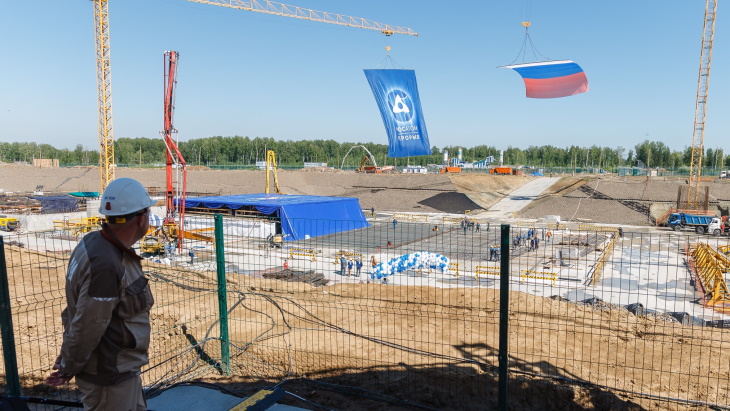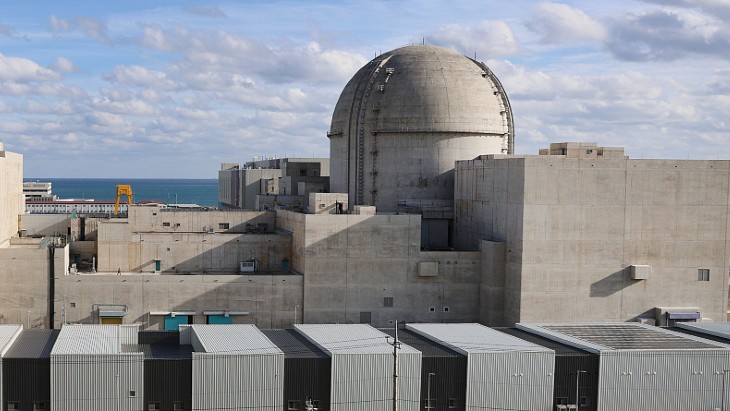Known as ROSA-N, the new model was developed by scientists in Rosatom's Proryv (Breakthrough) project, which works towards deployment of fast reactors and a closed nuclear fuel cycle. It is based on the latest conclusions from the UN Scientific Committee on the Effects of Atomic Radiation, recommendations of the International Commission on Radiation Protection, and the standards of the International Atomic Energy Agency.
In its first application, Proryv scientists modelled potential radioactive emissions from the BREST-OD-300 fast reactor as well as its co-located fuel cycle plant, which are both under construction now at the site of the Siberian Chemical Combine in Seversk. The results indicated that "for all scenarios of atmospheric emissions of radioactive substances in the event of emergencies and during normal operation... the individual life-long risks of the population living near the plant in the Tomsk region of Russia are much lower than the corresponding limit values."
Andrey Fedorovskiy, head of the Mathematical Modelling and Digitalisation Department at Proryv, said: "Due to more accurate assessments of the risks of possible radiation impact, ROSA-N allows to significantly and reasonably reduce the conservatism incorporated in the projects of new nuclear facilities, improving their economic performance, which is especially important in the current market conditions for the development of nuclear power."
Fedorovskiy added that ROSA-N "may be interesting as an independent digital product for a number of our foreign partners."
ROSA-N was logged in the Unified Register of Russian Software on 11 October by Maksut Shadayev, minister of Digital Development, Communications and Mass Media of the Russian Federation.





_72306.jpg)


_49562.jpg)





